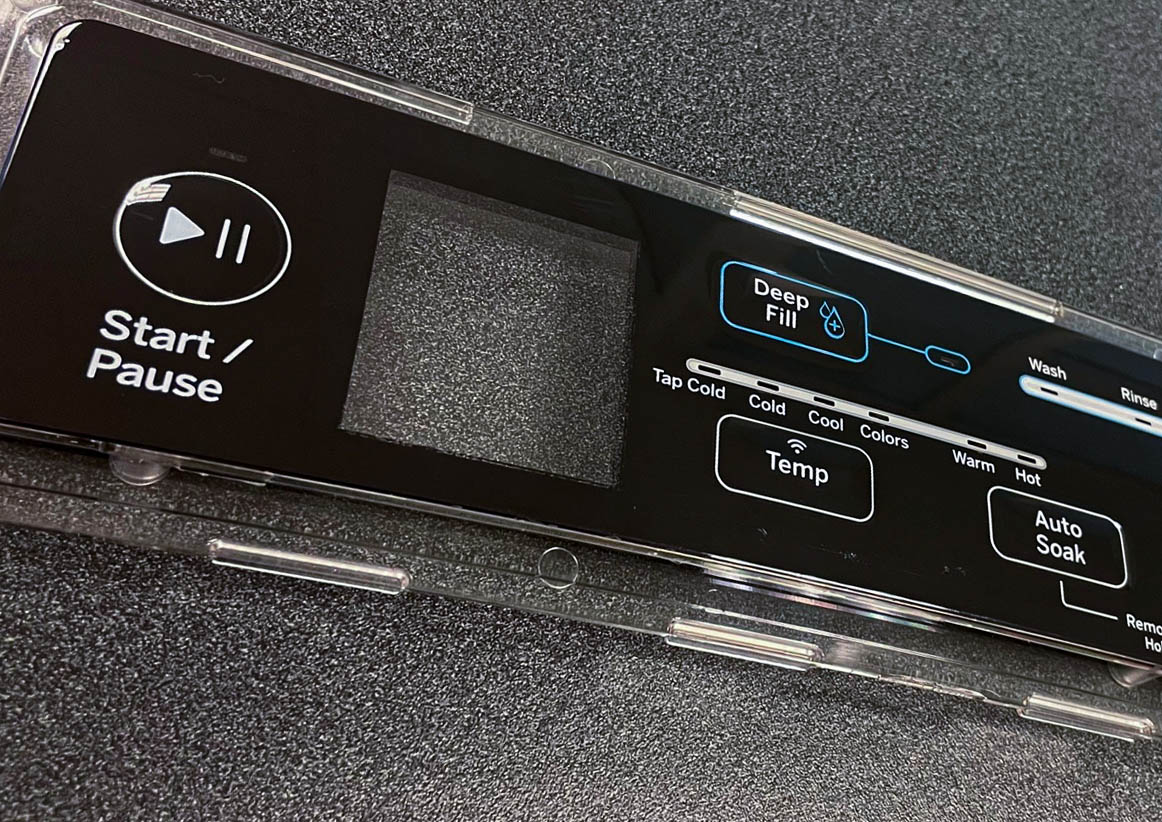Mastering In-Mold Decorations: Strategies, Trends, and Finest Practices for Optimal Outcomes
In the realm of manufacturing, the art of in-mold decors stands as a crucial element of item design and manufacturing. In-Mold Decorations. By delving into the techniques, patterns, and finest methods that underpin effective in-mold decoration processes, businesses can unlock a realm of possibilities that not only boost the visual appeal of their products however likewise improve production performance and strengthen consumer engagement.
Material Option
Product option is a vital element of grasping in-mold designs, as it directly impacts the top quality and durability of the end product. When selecting materials for in-mold decorations, it is vital to consider factors such as compatibility with the molding procedure, the wanted visual result, and the environmental problems the item will encounter. Polycarbonate products like abs, polycarbonate, and polypropylene are commonly used for in-mold designs due to their versatility and capability to accomplish elaborate designs. These products provide superb moldability, making it possible for manufacturers to create intricate shapes and patterns with accuracy.
Additionally, materials with high heat resistance are chosen for in-mold designs, especially for items that will be subjected to elevated temperatures during their lifecycle. By thoroughly choosing the proper material for in-mold decorations, manufacturers can enhance the overall quality and longevity of their products, satisfying the expectations of both end-users and clients - In-Mold Decorations.
Design Advancement
A necessary variable in progressing the field of in-mold designs is the continuous exploration and implementation of design development methods. Style innovation plays an essential role in enhancing the visual allure, functionality, and general high quality of products produced making use of in-mold decor procedures. By integrating innovative design components, suppliers can distinguish their products in the market, bring in consumers, and stay ahead of rivals.
Among the essential facets of style development in in-mold decors is the combination of detailed patterns, structures, and graphics that were previously testing to achieve with typical design methods. Advanced innovations such as 3D printing and digital layout tools make it possible for designers to develop complex and comprehensive designs that can be effortlessly transferred onto shaped parts. Furthermore, using vivid shades, metallic surfaces, and unique effects like gloss or matte appearances can further raise the visual allure of in-mold embellished items.
Furthermore, style technology prolongs beyond looks to encompass practical improvements such as ergonomic shapes, integrated functions, and personalized elements that cater to particular customer demands. By embracing style technology, producers can open brand-new possibilities for item, personalization, and creativity differentiation in the competitive landscape of in-mold decors.
Production Efficiency
Effective production processes are necessary for converting the innovative styles created in the area of in-mold decors right into high-quality finished products that satisfy market demands and customer expectations. In the world of in-mold decorations, production performance encompasses different key aspects that add to the general success of the production process. One essential component is the optimization of mold and mildew design and tooling to make sure smooth and specific decor transfer onto the end product. By fine-tuning mold and mildew configurations and buying high-grade tooling products, makers can improve effectiveness and uniformity in production.
Automation not only accelerates the production process however likewise improves accuracy and repeatability, leading to a more uniform and top notch end item. Overall, a holistic method weblink to manufacturing performance is extremely important in making the most of the capacity of in-mold design methods and achieving ideal outcomes in the competitive market landscape.
High Quality Control Steps
What are the crucial methods for making certain rigorous quality control actions in the world of in-mold designs? Quality control steps are critical in in-mold decor processes to ensure the manufacturing of top notch and perfect completed products. One essential strategy is the execution of extensive evaluation protocols at every phase of the manufacturing process. This includes carrying out extensive visual examinations, dimensional checks, and shade consistency evaluations to determine any variances or defects beforehand.
Utilizing sophisticated modern technologies such as automatic examination systems can also boost the top quality control procedure by giving precise and trusted data for analysis. These systems can identify imperfections that may be missed out on by manual evaluations, therefore improving overall item top quality and consistency.

Normal training and development programs for workers associated with the in-mold decoration process can additionally add to maintaining top notch requirements. By informing team on best practices, high quality expectations, and Full Article the value of focus to detail, companies can foster a culture of high quality awareness throughout the organization.
Customer Charm
To boost the bankability of in-mold decor items, providing and understanding to consumer preferences play an important function in identifying their charm and success. Consumer appeal in in-mold designs is influenced by various elements, including design aesthetic appeals, color options, longevity, and total capability. Customers are significantly seeking individualized and special items that mirror their individuality and style. Offering modification alternatives such as tailored styles, color variants, and textural aspects can substantially improve the appeal of in-mold decor items.

Conclusion
In-mold designs provide a versatile and efficient method to improve product aesthetics. Understanding in-mold decors needs a holistic strategy that thinks about all elements of the manufacturing procedure to guarantee success.
In the realm of production, the art of in-mold designs stands as a pivotal facet of item design and manufacturing. Style development plays a crucial duty in improving the visual charm, functionality, and total high quality of products produced using in-mold decor processes.One of the crucial facets of design development in in-mold decorations is the integration of elaborate patterns, appearances, and graphics that were formerly challenging to achieve with conventional decor techniques.Reliable production procedures are important for translating the cutting-edge designs established in the area of in-mold designs right into premium ended up items that satisfy market needs and consumer assumptions. Offering personalization alternatives such as customized layouts, color variants, and textural elements can substantially boost the appeal of in-mold design items.